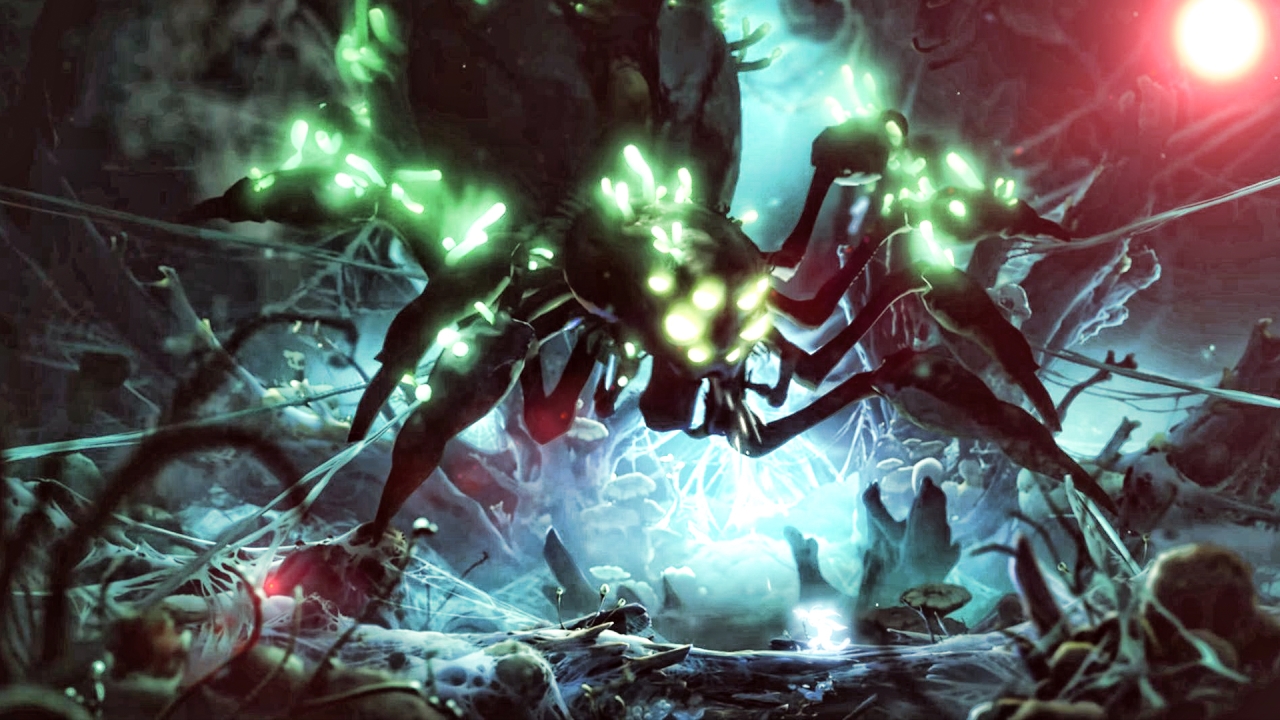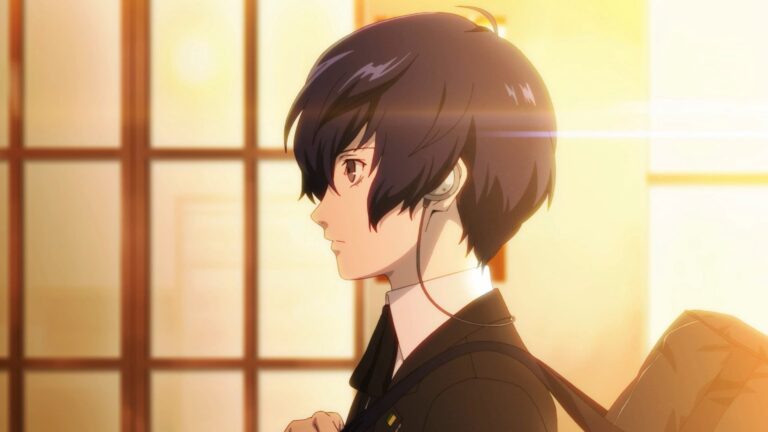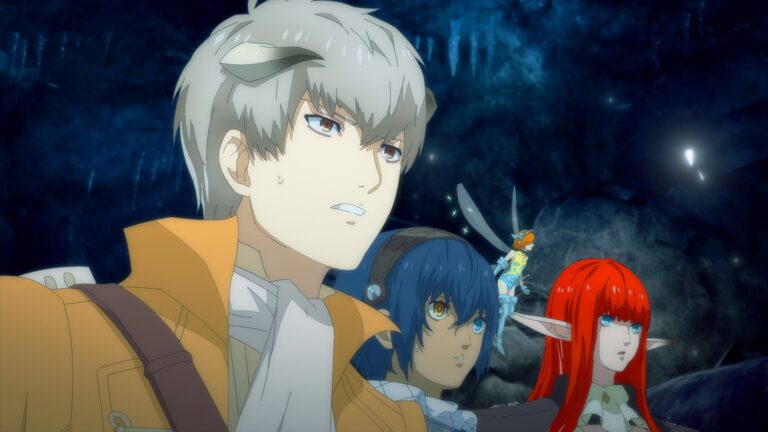Since the astronomical letdown that was the original iteration of the Xbox One, with its focus on a general entertainment system rather than a gaming device, Microsoft has revamped not only the current generation of their console, but the entire Xbox Brand. From renaming Microsoft Studios as Xbox Game Studios (XGS) to acquiring multiple developers dedicated to producing exclusives for the Xbox family of devices both for this generation and the next, XGS is revamping the brand in its attempts to close the gap with its competitors.
While the biggest asset Xbox has in its arsenal is its subscription-based services, such as Xbox Game Pass Ultimate and the upcoming Project xCloud, its revitalization of its dedication to producing exclusive games for the Xbox One family and the Xbox Series X is another tool the studios have added to their repertoire. Those games, while not enough for XGS to conquer PlayStation in the market wars, will satisfy loyal fans (and possibly broaden the horizons of undedicated ones) and remind them that Xbox is still a noteworthy brand.
Also, note that one could argue that Xbox never has any true exclusives when one considers that most of the brand’s titles also launch for Windows 10. However, gamers must also keep in mind that the same company that produces Xbox content also develops and distributes the Windows operating system. Thus, an argument could also be made that Xbox exclusivity isn’t about games playing solely on the gaming console, but also Windows PCs. It’s about Xbox as a brand, not a device.
Moreover, some of those exclusives are where XGS, Xbox One, and Xbox Series X will receive much of their praise—or scorn. In other words, the heaviest hitters will assist in either making or breaking the console in terms of its popularity and, therefore, success. While the number of titles is not exponential, it’s enough to sustain Xbox over the course of 2020, including the continuation of an epic saga, the sequel to a Norse mythology-inspired dark fantasy adventure, team arena-based gameplay, and more.
https://www.youtube.com/watch?v=3sb9D5lZRvQ
Ori and the Will of the Wisps
Moon Studios returns to the platform-adventure Metroidvania genre with a sequel to 2015’s Ori and the Blind Forest. Ori and the Will of the Wisps should appeal to those fans who enjoy titles with much more artful aesthetics and prefer solving puzzles and moving between platforms over running and gunning. In addition to continuing the first game’s theme, Ori and the Will of the Wisps will also improve upon the prequel’s save capabilities, relying on autosaving as opposed to manual saves that require players to place ‘soul link.’
Furthermore, the sequel abandons the sequential upgrade system from Ori and the Blind Forest and replaces it with a ‘shard system’. Players will explore the game world, which will unfold in the fashion of a Metroidvania. As new movement abilities are unlocked, Ori will be able to return to areas that were previously inaccessible. Some of the gameplay was inspired by the Rayman and Metroid franchises.
Continuing the Ori series provides XGS with an opportunity to appeal to a less action-oriented audience, providing something that any age group can enjoy and that protective parents will likely not mind their children playing. Moreover, the cartoon graphics make room for a more artistic showcase to add more diverse graphics to the gaming industry and the Xbox brand.
Appealing to a wide range of gamers is a necessary endeavor for any company in the video game industry from both a public relations and financial perspective. More users generate more popularity, and more popularity means more money. With its appeal to less mainstream audiences, however, Ori and the Will of the Wisps will not be able to carry the Xbox banner alone and will not be enough to improve the brand’s lot in the industry by itself.
Ori and the Will of the Wisps is scheduled to release for Xbox One and Windows 10 on March 11, 2020.
Bleeding Edge
Ninja Theory broadens its horizons by delving into the realm of multiplayer-centric team battles that take place in various arenas (maps). Featuring graphics similar to the likes of Overwatch and Team Fortress 2, Bleeding Edge allows players to choose from 12 different characters and three typical roles: Assassin (DPS), Support (Healer), and Tank. Normal for games of this nature, teams will fight to the death, needing to choose which targets to prioritize as they vie for dominance.
With the current craze surrounding battle royale modes and general competitive player-versus-player (PvP), the acquisition of Ninja Theory by XGS (Microsoft) appears to be Xbox’s attempt to appeal to the multiplayer fan base outside of a first-person shooter element. Bleeding Edge may offer the variation from the company’s norm required to make Xbox appear unique in a sea of repetition.
However, the game could also be a colossal failure due to poor development, which in and of itself could be the result of rushed production and ignorance to the feedback of alpha and beta testers (despite Ninja Theory’s assurance that they have listened to the community’s advice). With the same company developing Senua’s Saga: Hellblade II for the Xbox Series X—which is set to launch in Holiday 2020—the developer’s window to pay adequate attention to Bleeding Edge prior to launch and put out a quality product is limited, but also mandatory if XGS wishes to salvage the dwindling hopes of Xbox’s fans.
Regardless, Bleeding Edge is a divergence from Xbox’s commonplace ventures, which makes it a potential breath of fresh air for the brand, the console, and the gaming community. As long as Ninja Theory does their job well, the upcoming multiplayer arena title could help Xbox climb up another rung on its way up the interminable ladder of success.
Bleeding Edge is scheduled to release for Xbox One and Windows 10 on March 24, 2020.
Senua’s Saga: Hellblade II
Ninja Theory returns to the Norse mythology, Celtic culture-based Hellblade IP with Senua’s Saga: Hellblade II, announced at The Game Awards 2019. Like its predecessor, Hellblade II will be dark, delving into psychosis—which Ninja Theory wished to represent properly and worked with neuroscientists, mental health specialists, and people suffering from the condition to achieve that end—and bloody, gory action.
Unlike its predecessor, however, Senua’s Saga: Hellblade II will be an Xbox exclusive, with its initial release coming only to Xbox Series X and Windows 10. Fans of the first game can expect more hacking and slashing, puzzle solving, and psychological horror as Ninja Theory looks to expand upon Senua’s already-brutal story and take more creative liberties with Norse mythology and Celtic culture.
For those gamers who ache to get their hands on another story-driven, action-adventure game that explores darker themes and utilizes bloodletting tropes, Hellblade II should be the temporary fix required to sate that hunger. With modern graphics being what they are, and the enhancements coming with the next generation of consoles, Senua’s Saga: Hellblade II should be an aesthetically horrific masterpiece.
A much more enrapturing title than those of Ori and the Will of the Wisps and Bleeding Edge, Hellblade II can carry much more of the Xbox brand’s load, but will still not be enough to rescue it from its fall from grace solo.
No official release date has been announced for Senua’s Saga: Hellblade II.
Halo Infinite
Returning from the narrative disappointment that was Halo 5: Guardians, 343 Industries attempts to put their best foot forward with Halo Infinite. Promising a return to glory with a revamped focus on the Master Chief and the debut of their beloved Slipspace Engine, 343 Industries endeavors to improve upon the abrupt story of Halo 4 and the mundanity of Halo 5: Guardians.
The most intriguing aspect of Halo Infinite, beyond the return of the Master Chief on another Halo ring, is the Slipspace Engine. 343 Industries and Xbox Game Studios created this engine solely for Halo Infinite, and is supposedly a marvel of gaming technology. With the ability to convey facial expressions and character emotion like never before, the goal seems to be to turn Halo Infinite into a hybrid: both video game and cinematic experience, perhaps one akin to Hideo Kojima’s Death Stranding, but with more gameplay than film viewing.
The Slipspace Engine purports to “bring worlds to life,” leaving one to assume it makes environments more reactive. If the engine is as marvelous as 343 Industries claims, Halo Infinite should be the most beautiful game in the franchise, or even on the Xbox brand. Indeed, as the presumed launch title for Xbox Series X, Halo Infinite should be a proverbial masterpiece in terms of both aesthetics and mechanics.
One could argue that the fate of Xbox’s future resides mostly on this behemoth of a title’s shoulders, as it was the Halo series that propelled the original Xbox into relevance and stardom. Thus, Halo Infinite must prove that the brand continues to be relevant when it arrives with the next generation.
No official release date for Halo Infinite has been announced, but the game is presumed to be the launch title for the Xbox Series X—which is scheduled to release in Holiday 2020.
Why They Matter
The likes of Ori and the Will of the Wisps, Bleeding Edge, Senua’s Saga: Hellblade II, and Halo Infinite as Xbox exclusives don’t matter because they ensure the success of the brand for which they’re launching. They matter because they can either ensure Xbox’s success, or its permanent demise.
If handled well, these games—alongside Xbox’s subscription services—will bring more fans to the brand’s family. However, if their flaws outweigh their qualities, they will further stain an already-tarnished reputation relative to PlayStation (if one goes by numbers).
No related posts.






